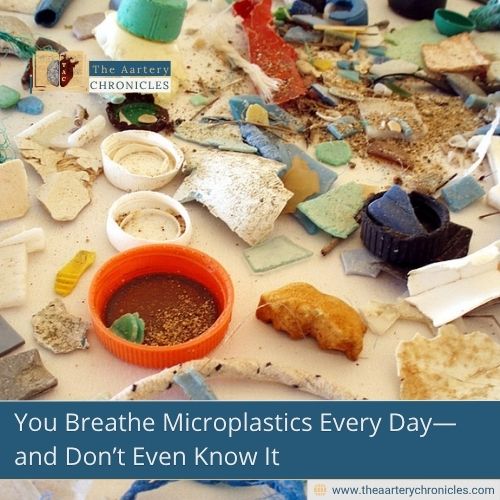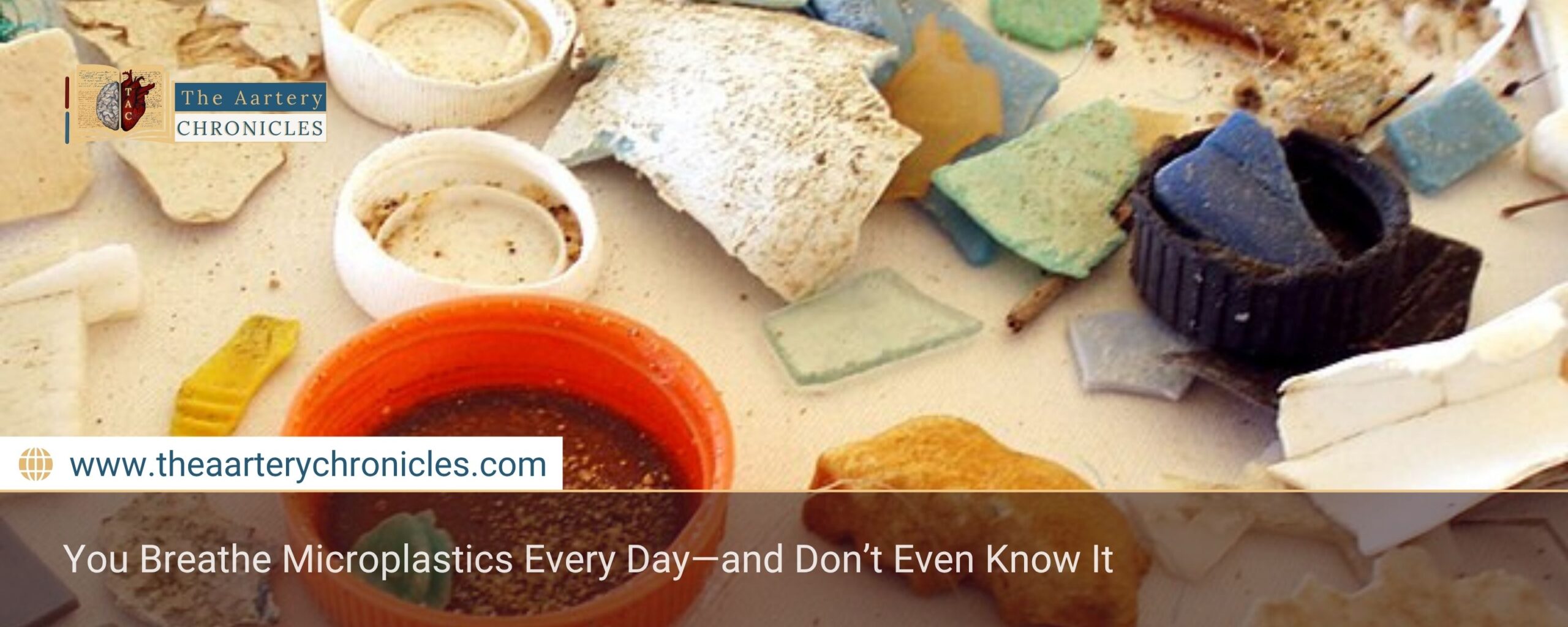

You Breathe Microplastics Every Day—and Don’t Even Know It
We often think of plastic pollution as a problem for the oceans or landfills. But a growing body of research is revealing something far more personal: plastic particles are also in the air we breathe, especially indoors. A recent French study has found that we could be inhaling tens of thousands of microplastics every day, without even realising it.
New Study Reveals Shocking Levels of Microplastics Indoors
A team of researchers from the Université de Toulouse, led by Nadiia Yakovenko, studied indoor air quality by sampling air from 16 indoor locations, including apartments and cars during normal use. What they discovered was concerning.
- In homes, the air contained about 528 microplastic particles per cubic metre.
- In cars, the concentration was much higher, around 2,238 particles per cubic metre.
This means every time you sit in your car or relax at home, you could be breathing in thousands of tiny plastic fragments.
How Small Are These Particles?
An alarming 94% of the plastic particles found were smaller than 10 micrometres, about 1/10th the width of a human hair. These are small enough to enter deep into the lungs and possibly even the bloodstream. Their microscopic size makes them easy to inhale, but hard for the body to filter out.
How Much Are We Breathing In?
By comparing their findings with earlier data, the researchers estimated that an average adult could inhale:
- About 3,200 microplastic particles (10–300 micrometres) per day
- Nearly 68,000 ultra-fine plastic particles (1–10 micrometres) daily
That’s over 100 times more than what earlier studies estimated, which focused mainly on larger plastic pieces. These newer findings highlight that the smallest particles, the ones that go unnoticed, may pose the greatest risk.
Why Is This a Health Concern?
Microplastics are more than just tiny bits of plastic; they often contain toxic chemicals used in manufacturing, such as dyes, preservatives, and plasticisers. Once inside the body, these particles may:
- Trigger inflammation in the lungs
- Weaken the immune system
- Disrupt the gut microbiome and digestion
- Potentially contribute to long-term diseases such as hormonal imbalances, heart conditions, and even cancer
People who are more vulnerable, including children, older adults, and those with respiratory conditions, may be at higher risk.
Your Car: A Hidden Source of Plastic Exposure
This study was the first of its kind to measure microplastic levels inside car interiors, and the results suggest that our vehicles may be a major and often ignored source of airborne plastic.
Modern cars are full of synthetic materials: plastic dashboards, seat covers, carpets, and air fresheners. These materials can slowly degrade and release microplastics into the air, especially in enclosed, poorly ventilated spaces like a car cabin.
What You Can Do to Protect Yourself
Although the long-term health impacts are still being studied, experts recommend taking simple precautions to reduce your daily exposure:
- Vacuum and dust regularly to remove settled microplastics
- Use HEPA air purifiers in living spaces
- Choose natural fabrics and materials over synthetic ones
- Avoid plastic packaging whenever possible
- Keep your car well-ventilated, and steer clear of plastic-based air fresheners or sprays
These small changes can help lower the amount of microplastics in your immediate environment and your lungs.
Conclusion
This research is a wake-up call: plastic pollution isn’t just out there in nature, it’s right here in our homes, our cars, and even in our lungs. While scientists work to understand the long-term effects of inhaled microplastics, it’s already clear that our daily environments may pose risks we’ve been overlooking.
Taking action to limit plastic exposure, especially indoors, is not just smart, it’s essential for long-term health and well-being.
Source: Inputs from various media Sources
I’m a pharmacist with a strong background in health sciences. I hold a BSc from Delhi University and a pharmacy degree from PDM University. I write articles and daily health news while interviewing doctors to bring you the latest insights. In my free time, you’ll find me at the gym or lost in a sci-fi novel.
- Priya Bairagi
- Health News and Updates,People Forum
- 1 August 2025
- 15:00








